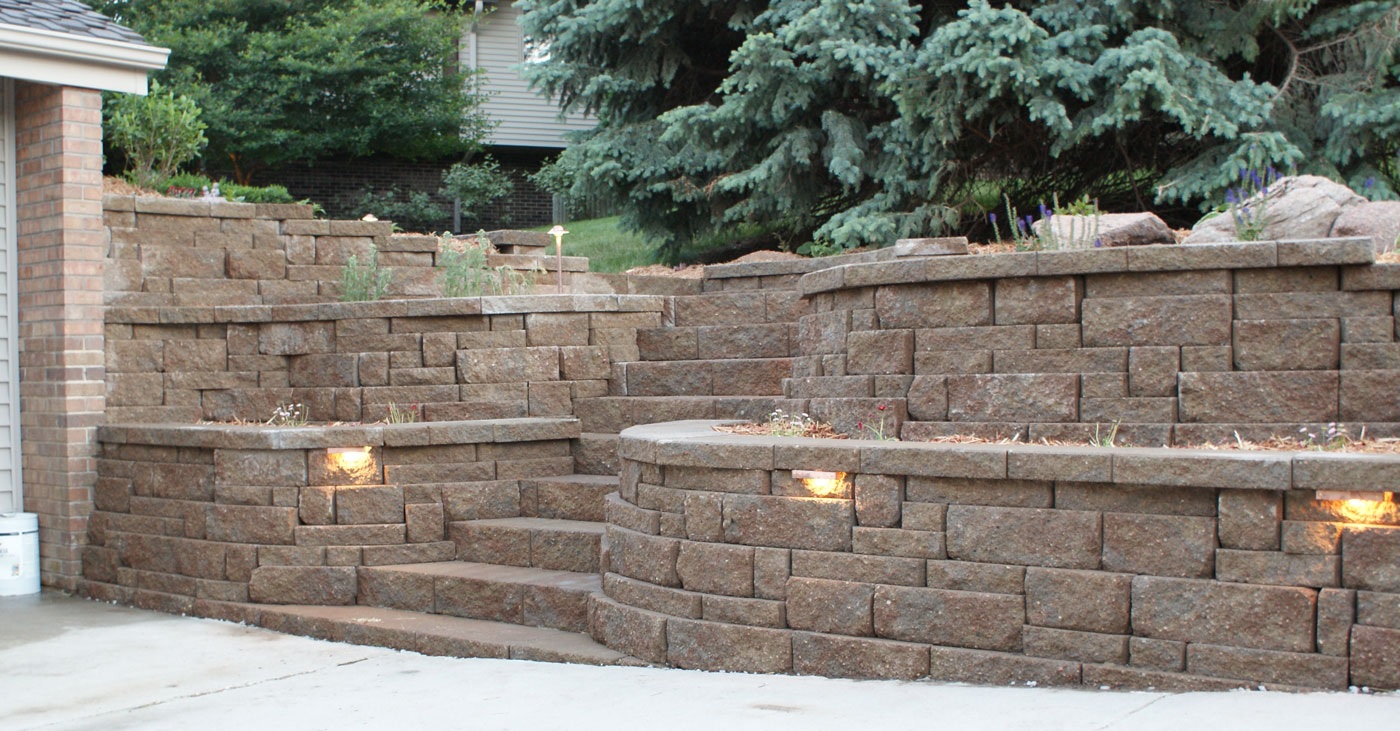Building retaining walls can be incredibly difficult and time-consuming, and experts aren’t surprised when homeowners call them daunting rather than inviting. Planning out your retaining wall – whether to protect a garden or raise a newly constructed floor – can be even more daunting. You don’t have to struggle anymore with Retaining Walls Adelaide!
What are Retaining Walls?
A retaining wall is a structure typically built along a hill or mountain to prevent soil erosion and hold backwater. Retaining walls Adelaide can also be used to create slopes and banks for plants, flowers or trees.
When designing or constructing a retaining wall, it is important to consider the following factors:
- The intended use of the wall (e.g., preventing soil erosion, holding back water)
- The type of soil or bedrock beneath the wall (e.g., clay, sand, gravel)
- The height and width of the wall
- The type of foundation chosen (e.g., reinforced concrete, natural tile stone)
Which methods can you use to build a retaining wall?
1) Concrete walls: Concrete barriers are the most common type of retaining wall. They’re strong and durable, and they can be customised to match your needs. However, they can be expensive to build and take longer to cure.
2) Wire mesh walls: Wire mesh barriers are similar to concrete walls in durability and strength. However, they’re not as heavy or wide, making them easier to erect. They also tend to be less expensive than concrete walls.
3) Gravel walls: Gravel walls are a relatively new option for building retaining walls. They’re lighter than other options, so they’re easier to move and labour-intensive to build. However, their lack of strength may make them unsuitable for some applications.
4) Bricks and mortar: Bricks and mortar are the most traditional retaining walls. They’re affordable and easy to build, but their structural integrity isn’t as strong
Types of materials
Retaining Walls Adelaide are made from various materials and can be constructed in various shapes and sizes. When choosing a retaining wall material, there are a few key things to keep in mind: weight, flexibility, resistance to erosion, and price.
Flexibility is also important because it will determine how easily the wall can flex in response to changes in loading conditions. For example, if the wall is being used to support a beam that will move back and forth during windstorms, it needs to be flexible enough to handle these movements without breaking.
How to construct a Retaining Wall?
There are a few different ways to construct a retaining wall.
The most common way is to use a frame of wood posts, spaced at intervals wider than the wall desired, with horizontal rails attached to the posts at intervals. The wall material is then piled against the rails and pushed over the posts; the spaces between the rails are filled with earth or other heavy materials, and the wall is finished.
Conclusion
Retaining Walls Adelaide are a necessary aspect of any landscaping project. By installing a retaining wall, you can stabilise your landscaping and help keep it looking good for years.

